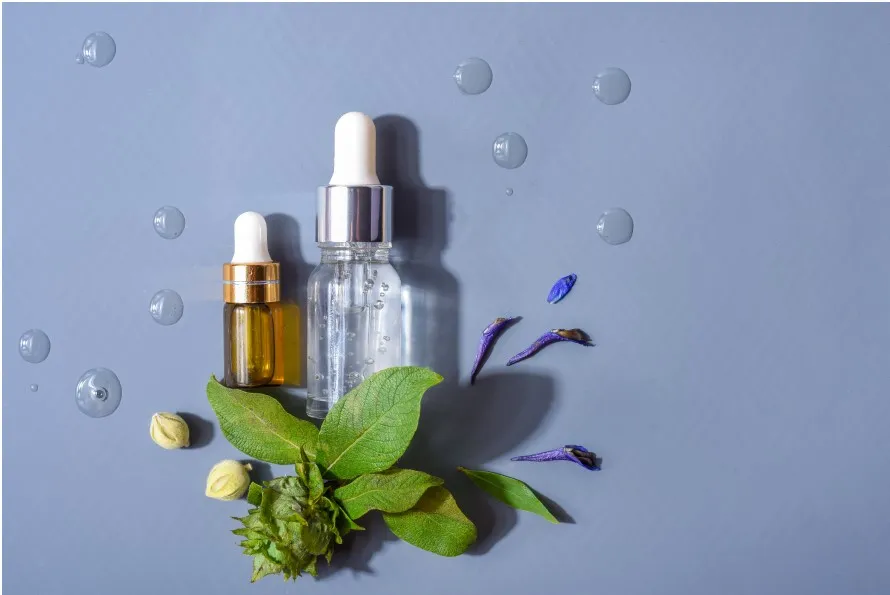- Home
- News Details
News Details

Health Canada proposes restrictions on six essential oils used in personal care products
2024-02-27 Reference source : Health Canada
Cosmetic Products Risk assessment
On February 3, 2024, the Canadian government published a draft assessment to restrict the use of six essential oils in personal care products.
A notice summarizing the scientific considerations of the draft assessment for 12 substances was published in the Canada Gazette, Part I (Canada 2024).
The consultation period for the proposed draft assessment and risk assessment is from February 3, 2024, to April 3, 2024.
The Government of Canada is considering the following options to address the health concerns
-
Health Canada is implementing measures to reduce exposure to certain cosmetic ingredients, such as tarragon oil, jasmine oil, and fragrances, as prohibited or restricted ingredients.
-
It is also identifying jasmine oil and fragrances in certain Natural Health Products (NHPs) as restricted ingredients in the NHP Database to protect human health.
-
Regulatory and non-regulatory measures are also being taken to reduce exposure to essential oils in consumer products and promote public awareness.
A risk assessment has been published for the substances in the group of phenylpropanoids and aldehydes listed in the table below.
|
CAS RN |
Common name |
Proposed conclusion on section 64 criteria |
Follow-up activities |
|
8006-78-8 |
Bay oil |
Meets one or more of the criteria |
Refer to the risk management scope |
|
8016-88-4 |
Tarragon oil |
||
|
8022-96-6 |
Jasmine oil |
||
|
8024-43-9 |
Perfumes and essences of jasmin |
||
|
8024-08-6 |
Violet oil |
||
|
80-54-6 |
Lilial |
||
|
91-51-0 |
Verdantiol |
Does not meet |
Under consideration |
|
37677-14-8 |
Myrac-aldehyde |
||
|
52474-60-9 |
Myrmac-aldehyde |
||
|
52475-86-2 |
Myrmac-carboxaldehyde |
||
|
65405-84-7 |
Cetonal |
||
|
66327-54-6 |
Vernaldehyde |
Conclusion of assessment
The draft assessment suggests that bay oil, tarragon oil, jasmine oil, perfumes, violet oil, and lilial are toxic under CEPA's 64(c) criteria due to potential hazards to human life or health. Other substances such as verdantiol, myrac-aldehyde, myrmac-aldehyde, myrmac-carboxaldehyde, cetonal, and vernaldehyde do not meet these criteria. The 12 substances in the phenylpropanoids and aldehydes group are not harmful to the environment or biological diversity.
We acknowledge that the above information has been compiled from Health Canada.
Global Product Compliance (GPC) specializes in Global Regulatory Compliance Solutions across sectors
globally. SSS Europe, a familiar name in chemical regulatory and compliance services now formally belongs
under the umbrella of GPC Holding Sweden.
Since 2008, we have emerged as one of the leading names among Global Regulatory Compliance Service
Providers with Representation services in Europe, Asia and Middle East for respective chemical
regulations.


